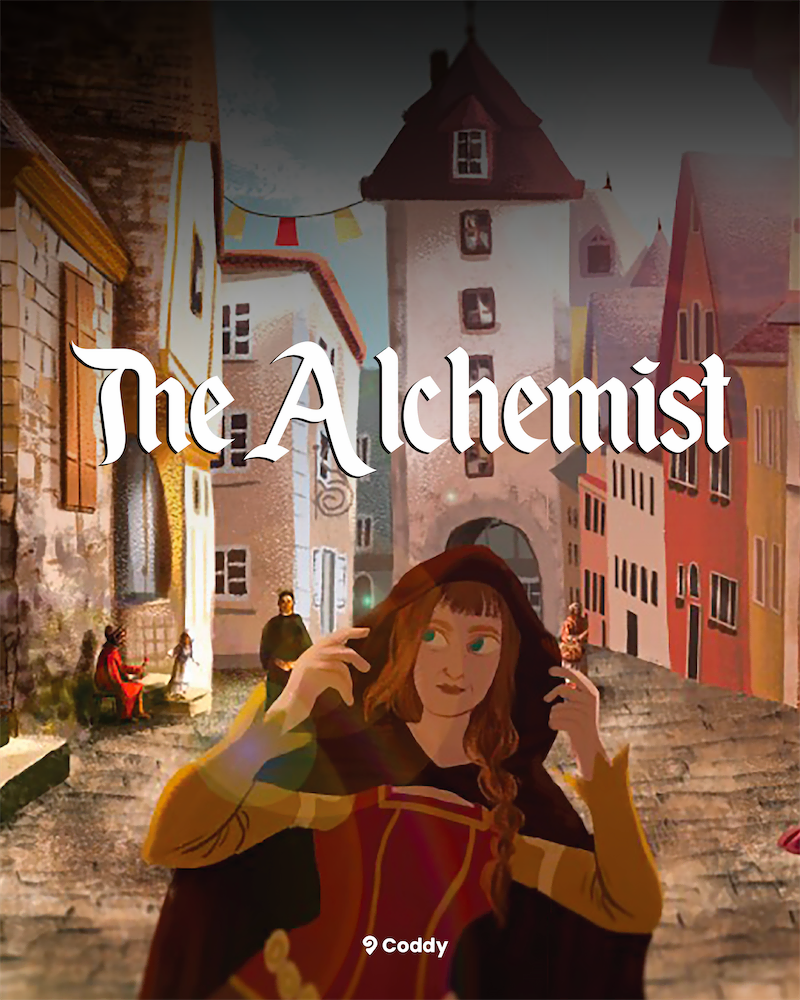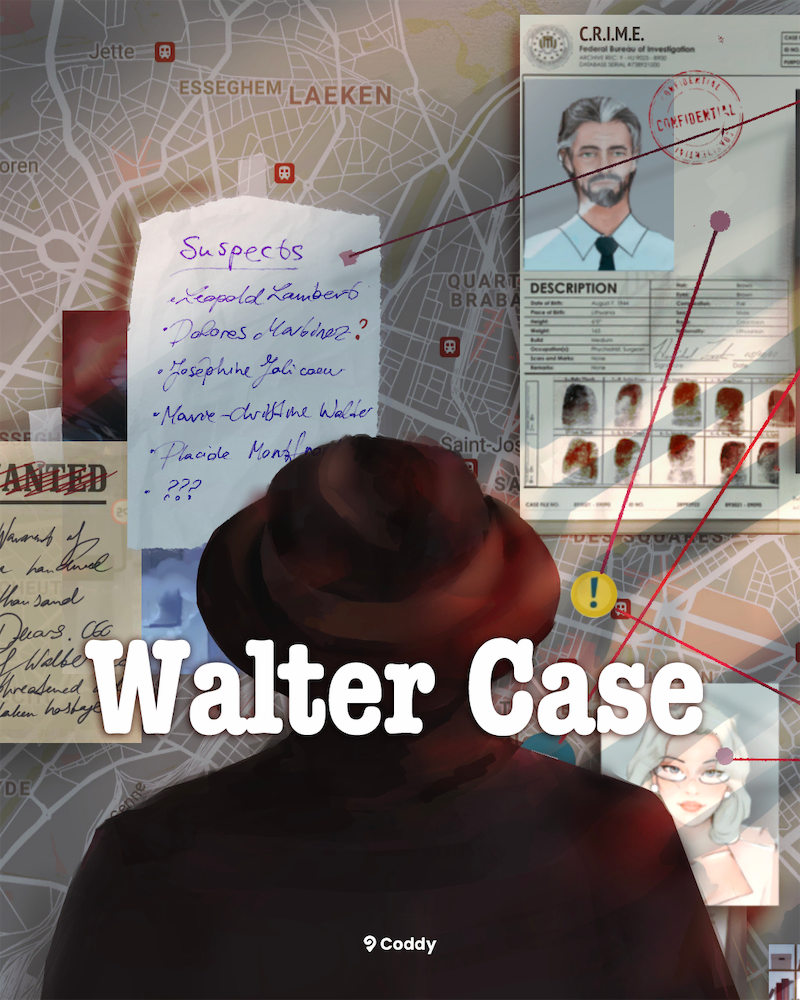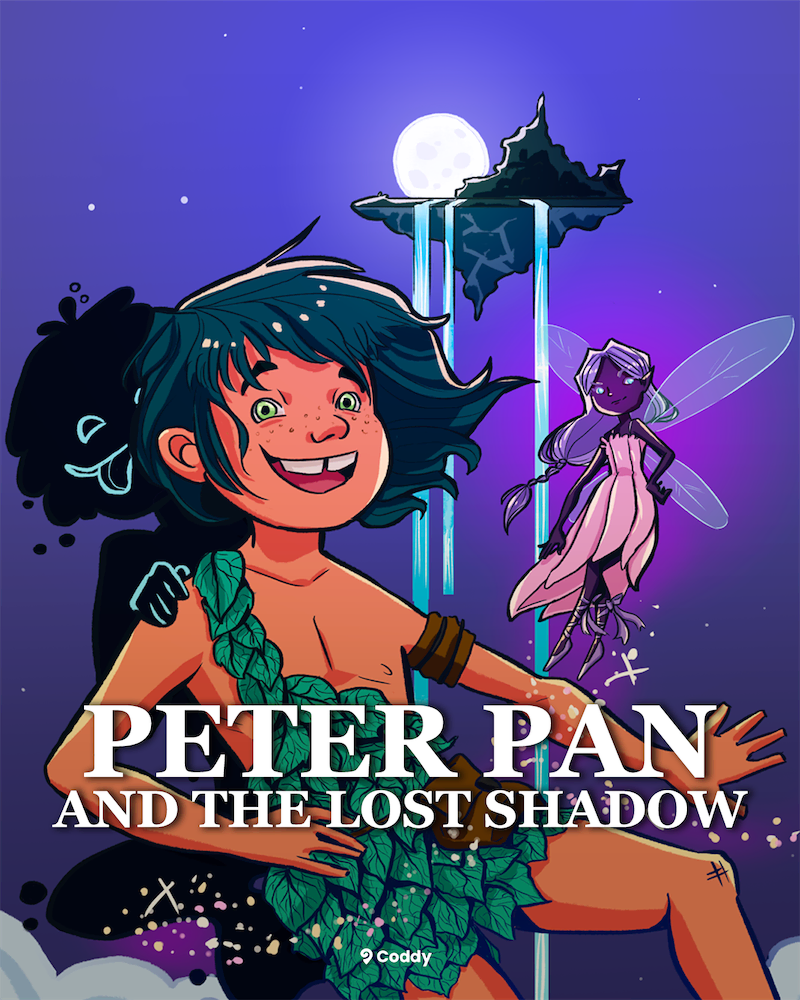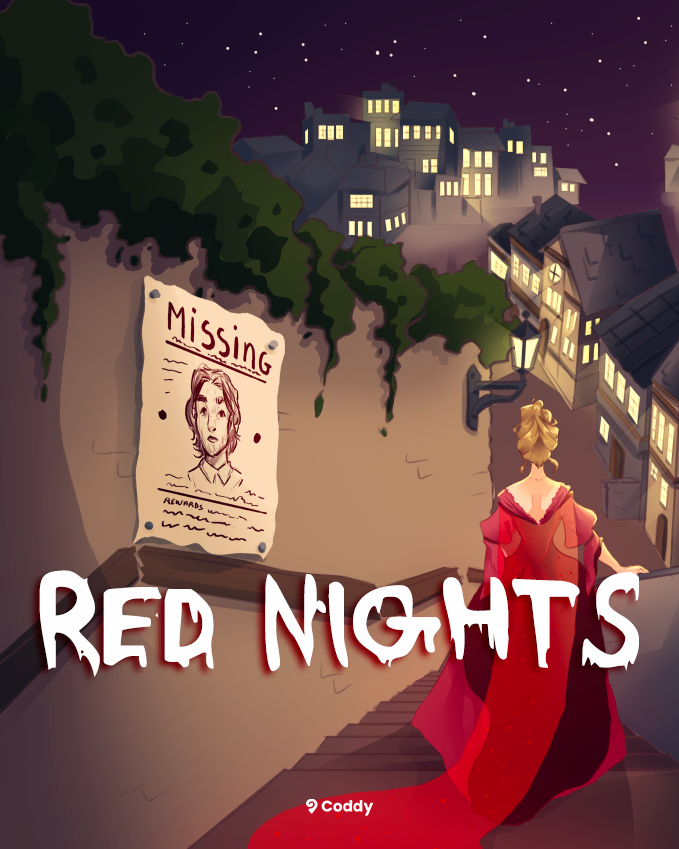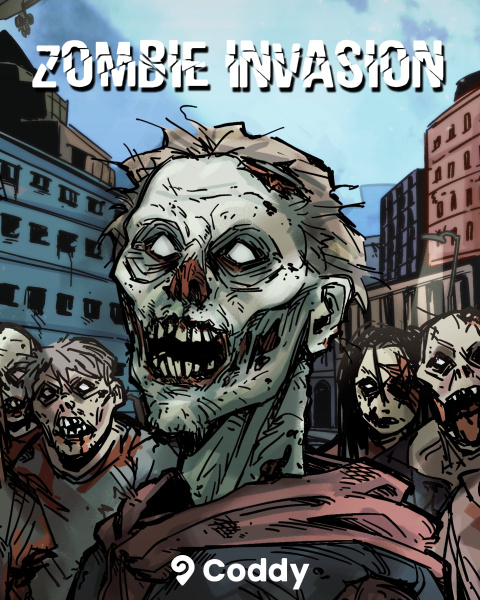Visit Paris in 3 days
21 must-see POIs, optimized routes and anecdotes.
Loading map...
You will visit the most beautiful points of interest in Paris







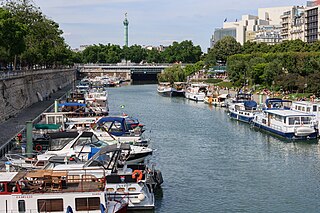











Paris in 3 Days: Your Perfect Itinerary for a First Visit!
Paris stole my heart from the very first walk along the Seine. The City of Light, as it's called, breathes history and the art of living. Some say it's overrated, but for me every corner tells a story. I've returned several times, always with that same childlike excitement.
Why visit Paris beyond the monuments? Because the soul of the city lies in its details. The terraces where you hear the clink of cups, the juicy tomatoes in a neighborhood market, the scent of old books in a bookstore. This 3-day itinerary in Paris will have you passing the Louvre Pyramid and the Grand Palais. You'll also walk across the Pont Neuf and see the majesty of the Palais de Justice of Paris. In one weekend, you'll taste the beauty, the noise and the silence of Paris.
Planning can feel overwhelming. There is so much to see that one could stay for weeks. I understand the frustration of wanting to do everything in a short time. If it's your first time in Paris, you may wonder where to start and which sites to prioritize. Below, I show you exactly how to spend 3 days to maximize your time and feel the essence of the city. This itinerary covers the major monuments, walks, gardens and places steeped in history.
Crucial tip: set a walking pace. Paris is discovered slowly. Walking lets you stumble upon secret corners, authentic cafés and unexpected views. Avoid rushing from one point to another. By walking, you reduce stress and enjoy discoveries more. Also, leave early in the morning to avoid crowds at popular sites.
I give you clear and realistic routes, without haste. Expect cobbled streets, bell towers, quiet gardens and lively museums. Now, let's dive into the itinerary and discover together what to see in Paris over 3 days.

Mini Practical Guide to Paris
Where to sleep:
- 1st arrondissement (near the Louvre Pyramid) for early access to the museum and a stroll to the Tuileries Garden.
- Île de la Cité / 4th to be steps from Notre-Dame Cathedral, the Palace of Justice and the Pont d'Arcole.
- Le Marais if you prefer lively evenings and narrow historic streets after sightseeing.
When to visit:
- Morning: Louvre/Pyramid at opening for the light and fewer crowds.
- Late afternoon: Pont d'Arcole and the banks of the Seine at sunset for photos.
- Check the opening hours of the Palace of Justice and interior access to Notre-Dame (restoration work may vary).
What to do:
- Day 1: Île de la Cité – Notre-Dame Cathedral (façade, forecourt), the Palace of Justice, then Pont d'Arcole.
- Day 2: Louvre – enter via the Pyramid, then a break at the Saint-Germain-l'Auxerrois church next door.
- Day 3: choose an interactive tour (L'Alchimiste PARIS or Les Secrets de Paris) to discover Paris differently; book in advance.
Don't forget:
- Identification papers for some guided visits or checks at the Palace of Justice.
- Comfortable shoes: cobblestones and quays require sure footing.
- Take time to observe architectural details (doorways, gargoyles, historical plaques) often overlooked.
Day 1 - Paris
7 POIs to discoverDay 1 - Morning à Paris
5 Points of interest - Duration : 3h45 - Distance : 3.3 km - Walking : 0h43Luxor Obelisk
- The obelisk comes from the Temple of Amun in Luxor, Egypt, and was erected in Paris in 1836.
- It is the oldest monument in Paris, predating the founding of the capital.
- It was transported from Egypt to France aboard the ship Luxor, built especially for the occasion.
- The obelisk is 23 meters high and weighs 222 tons, with a pedestal weighing 240 tons.
- It is made of syenite, a pink rock from Aswan, Egypt.
- The obelisk's pedestal is made of five blocks of pink granite from Brittany.
- The obelisk is made of pink granite from Brittany.
Marly's horses
- These 2 sculptures represent rearing horses struggling with their grooms, expressing the struggle of wild forces.
- They were sculpted in Carrara marble in 1745 by Guillaume Coustou.
- They were commissioned by Louis XV to adorn the Marly trough, at the entrance to the chateau park.
- In 1794, the sculptures were moved here, to the Place de la Concorde.
- In 1984, copies in reconstituted marble were installed.
- The originals are preserved in the Louvre Museum. .

Tuileries Gardens
- This is the oldest and largest garden in Paris.
- It was created in the 16th century by Catherine de Médicis as an Italian-style garden to escape the stressful atmosphere of the Louvre.
- Some of the garden's trees even date back to the 1st Empire.
- The Jardin des Tuileries is an open-air museum with remarkable sculptures signed by renowned artists such as Rodin, Millet, Levesque and Waldeck-Rousseau.
- The garden is also home to the Musée de l'Orangerie and the Musée du Jeu de Paume.
- The Jardin des Tuileries carousel offers musical rides on wooden horses and ostriches.
- Don't miss the sailboats you can sail in the garden's octagonal basin.

Saint-Eustache Church
- Saint-Eustache church has existed since the early XIIIᵉ century, the first building constructed was a chapel dedicated to Saint Agnes.
- The current version of 'church was built between 1532 and 1633.
- Saint Eustache de Macon was a Roman general who converted to Christianity.
- It features his symbols, such as the intertwined letters S and E, a hunting horn and a stag bearing a cross between its antlers.
- King François 1ᵉʳ, who was behind the project, wanted to build an edifice capable of rivaling Notre-Dame cathedral in Paris.
- Saint-Eustache church has been the site of numerous baptisms, weddings and burials of great personalities.
- For example, Molière and Madame de Pompadour were baptized here.
- Others are buried here, such as Jean de la Fontaine and Mozart's mother.

Place Vendôme
- Place Vendôme is one of the city's five royal squares, along with Place des Victoires, Place de la Concorde, Place des Vosges and Place Dauphine.
- It was created in 1686 and has been renamed several times over the years.
- At the center of the square is the Vendôme column, erected in 1810, destroyed by the population during the 1871 revolts and subsequently rebuilt.
- Before being associated with jewelry, the Place Vendôme was a central location for Parisian elegance, home to numerous couturiers and milliners.
- On the square, the Hôtel de Bourvallais houses the Ministry of Justice.
- The square is located just north of the magnificent Jardin des Tuileries.
Day 1 - Afternoon à Paris
2 Points of interest - Duration : 1h30 - Distance : 0.3 km - Walking : 0h04
Saint-Germain-l'Auxerrois church
- The church has Merovingian origins, and its current name appears in the 11th century.
- It is linked to the Louvre Palace, residence of the kings of France, and is called the "parish of the kings of France".
- It was rebuilt several times, with work carried out in stages over a period of almost three hundred years.
- It was embellished with sculptures, paintings and objects of worship, but most disappeared during the French Revolution.

Quai de l'Horloge
- The quay takes its name from the clock that adorns the tower of the Palais de la Cité.
- Construction work on the quay began in 1580 and was completed in 1611.
- Over the centuries, it has been given various names, such as "Quai des Grand-Cours-d'Eau", "Quai des Morfondus" and "Quai du Nord".
- Quai de l'Horloge houses the Conciergerie, which includes Gothic rooms, as well as the Court of Cassation.
- It is also lined by other notable buildings, such as the Hôtel de Harlay and former optician's workshops.
Day 2 - Paris
10 POIs to discoverDay 2 - Morning à Paris
5 Points of interest - Duration : 3h45 - Distance : 2.6 km - Walking : 0h34
Quartier de l'Horloge
- The "Defender of Time" clock was inaugurated in October 1979 and was a point of attraction in the district.
- The automaton depicts a man wielding a sword and shield, fighting animals symbolizing the elements: the crab for the sea, the dragon for the land and the bird for the sky.
- Every hour, between 9 a.m. and 10 p.m., the automaton is attacked by one of the animals, accompanied by an appropriate soundtrack.
- The automatons operate on pneumatic cylinders and are controlled by a random programming system.
- Maintenance problems began in 1992, when the association in charge of the neighborhood decided that it would no longer bear the maintenance costs.
- Several funding proposals were made, but none came to fruition, leading to the clock's closure..

Square Georges-Cain
- Georges Cain was a French painter, illustrator and writer.
- In the center of the garden is a bronze statue of Aristide Maillol, French painter, engraver and sculptor.
- The square also houses a lapidary museum with archaeological finds and historical relics of Paris.
- The square is planted with many species, including a fig tree over 6 meters high.
- In addition to the statue of Aristide Maillol, the square is home to a sound creation called "Le Rossignol de Heinz", powered by solar collectors.

Archives nationales
- The National Archives were created in 1790 and preserve a total of 373 linear km of archives, covering the history of France since the 7th century.
- Contains the archives of most of the central agencies of the French state.
- The Ministries of Defense, Economy and Finance, and Foreign Affairs have had their own archival services since the 18th century.
- Documents held in the National Archives can be consulted and reused free of charge.
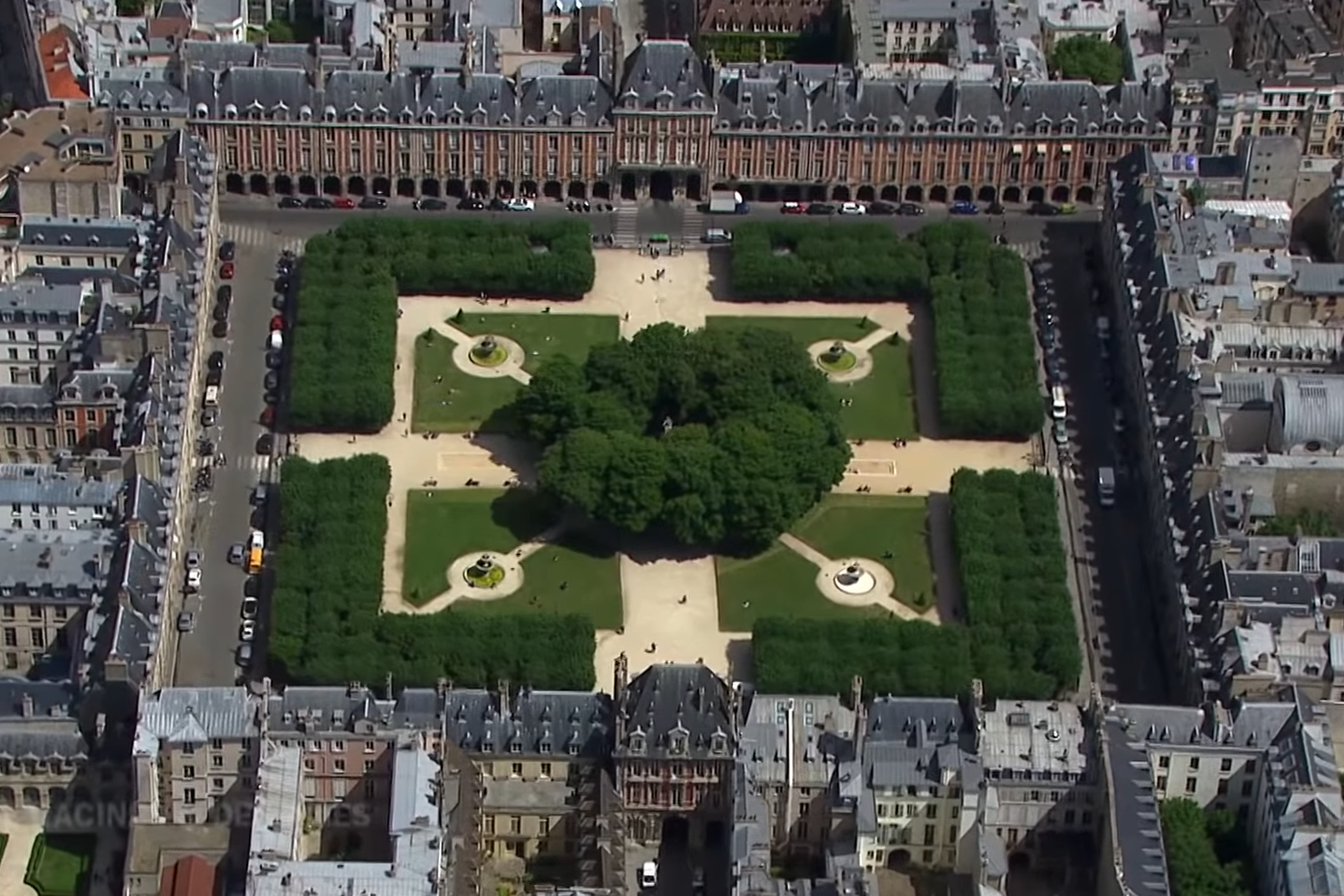
Place des Vosges
- This is the oldest square in Paris, known by various names such as Place Royale and Place de la République.
- It owes its name to the Vosges department, the first to pay taxes during the French Revolution.
- It has been home to many political, artistic and media personalities.
- Along with the Place des Victoires, the Place Dauphine, the Place Vendôme and the Place de la Concorde, it is one of the five royal squares in Paris.
- In the center of the square is the Square Louis-XIII, adorned with four fountains.

Bassin de l'Arsenal
- The Bassin de l'Arsenal, also known as the Port de l'Arsenal, is a boat basin.
- It links the Canal Saint-Martin to the Seine and is part of the Réseau des Canaux Parisiens (Parisian Canal Network).
- An arsenal existed at this location from the 16th to 19th centuries, which is where the basin gets its name.
- After the Bastille fortress was destroyed in 1789, the Bassin de l'Arsenal was excavated to replace the fortress's ditch.
- The Bassin de l'Arsenal was a commercial port during the 19th and 20th centuries, until it was converted into a leisure port in 1983.
- It is currently a marina for about 180 pleasure boats and is part of France's national Navigable Waterways system (Voies navigables de France).
Day 2 - Afternoon à Paris
5 Points of interest - Duration : 3h30 - Distance : 2.4 km - Walking : 0h32
Town Hall
- Paris' Hôtel de Ville has housed the city's municipal institutions since 1357.
- It was often the rallying point for rioters, insurgents and revolutionaries in Paris.
- During the Paris Commune, the Hôtel de Ville was burnt down in 1871, resulting in the loss of the archives and library.
- In 1944, during the Liberation of Paris, fighters from the Paris Liberation Committee entrenched themselves here to battle German soldiers.

Astronomy tower of the Sorbonne
- The Sorbonne Observatory is a former astronomical observatory.
- The observatory is located on the rooftop of the Sorbonne.
- It houses an observational telescope belonging to the Société astronomique de France (SAF) and public observations are organized there.

Jardin du Luxembourg
- The Luxembourg Garden is a public garden created in 1612 at the request of Marie de Medici and now belonging to the Senate.
- Its name is inspired by the former mansion of the Hôtel de Luxembourg.
- It houses the Palais du Luxembourg, seat of the French Senate, and the Petit Luxembourg.
- The Petit Luxembourg or Hôtel de la Présidence has been the residence of the President of the French Senate since 1825.
- It is adjacent to the Luxembourg Palace.
- In 2022, the garden was listed as the most beautiful in Europe and the third most beautiful in the world.

Panthéon
- The Pantheon is a neoclassical mausoleum located on Mont Sainte-Geneviève, which has become the burial place of great French personalities.
- Its architecture (from 1758), as well as its name, is inspired by the Pantheon in Rome, which was a monument dedicated to the veneration of the gods and was reused as the tomb of illustrious personalities.
- Pantheon's architecture mixes different styles, including Gothic, Byzantine, Classical and Greco-Roman. Among those buried in the Pantheon are Voltaire, Rousseau, Victor Hugo, Émile Zola, Jean Jaurès, Jean Moulin, Louis Braille, Jean Monnet, Sadi Carnot, Pierre and Marie Curie, André Malraux and Soufflot, its architect.
- In 1851 Léon Foucault installed his famous pendulum in the Pantheon because the great height of the building facilitated the experiment.
- Through this experiment he succeeded in demonstrating the rotation of the Earth and the existence of the Coriolis force.
- A replica of the pendulum has been installed in the Pantheon since 1995.
Day 3 - Paris
4 POIs to discoverDay 3 - Morning à Paris
4 Points of interest - Duration : 3h00 - Distance : 3.2 km - Walking : 0h42
Town hall of the 7th arrondissement of Paris
- The City Hall of the 7th arrondissement of Paris is the seat of local government.
- It is housed in a historic building that reflects Parisian architecture.
- Here local affairs are managed and service is provided to residents.
- The 7th arrondissement is known for housing iconic monuments of Paris.

Louvre Pyramid
- It houses the main entrance to the Louvre Museum and was inaugurated in 1988 by François Mitterrand, then President of the French Republic.
- The metal structure supporting the glass cladding is made of steel and aluminum and weighs 200 tons.
- It was designed by architect Ieoh Ming Pei and is the first major construction to use laminated glass.
- When the project was presented in 1984, the press described it as "the zero degree of architecture", a "funnel", "something out of Disneyland" or a "Luna Park" and out of the classical context of the Louvre.
- Today, many appreciate the contrasting juxtaposition of architectural styles and the fusion of the classical with the contemporary.
- It is surrounded by three smaller replicas that constitute skylights and a fifth inverted pyramid built beneath the Louvre's Carrousel.

Louvre Museum
- Inaugurated in 1793, the Louvre is one of the three largest art museums in the world, along with the Hermitage Museum and the National Museum of China.
- The museum houses more than 500,000 works, including La Joconde, the Venus de Milo and the Code of Hammurabi.
- The Louvre Palace, which houses the museum, is a former royal residence.
- The museum is recognizable by the glass pyramid in its reception hall, erected in 1989.
- The Louvre Museum, which houses the museum, is a former royal residence.

Alexandre III Bridge
- This steel-arched bridge crosses the Seine and links the esplanade des Invalides and avenue Winston-Churchill, where the Petit Palais and Grand Palais are located.
- It is named after the Russian Tsar Alexander III.
- It was built between 1896 and 1900 in the Beaux-Arts style with Art Nouveau lamps, cherubs, nymphs and winged horses.
- It was inaugurated in 1900 for the Paris Universal Exhibition.
Where to sleep in Paris
Choosing where to drop your bags profoundly changes how you will experience three days in Paris. A central location will let you maximize sightseeing time — fewer transfers, more wandering along the Seine — and easily return for a break before the evening. Prioritize proximity to the sites you want to see: Île de la Cité is ideal if Notre-Dame Cathedral and the Palais de Justice of Paris are at the heart of your trip.
Paris is a compact, hierarchical city: a historic core around the Seine, then neighborhoods with very distinct atmospheres radiating outward. For three days, the logic is to stay in the geographical center (1st, 4th and the nearby Left Bank) so most walks can be done on foot. Between the Pyramide du Louvre, the Church of Saint‑Germain‑l’Auxerrois and the Pont d'Arcole, you’ll find many monuments are adjacent or about a twenty-minute walk from one another.
Practically speaking, target neighborhoods that give direct access to these monuments without sacrificing charm: a pied-à-terre in the 1st arrondissement or near the Louvre will put culture within reach; the 4th, including Île Saint‑Louis and Le Marais, offers lively neighborhood life and short trips to the Pont d'Arcole; the nearby Left Bank (Saint‑Germain) remains an elegant option if you enjoy cafés and bookstores. Le Marais is particularly convenient for combining daytime visits with evening outings.
For getting around, Paris has a dense network where the métro and the RER are your allies: Châtelet‑Les Halles and Saint‑Michel are central hubs that easily connect the airport, the major train stations and the historic center. In this area, many people move between sites on foot, reducing the need for multiple transfers and making sightseeing days more pleasant.
Finally, rest assured: you will find a range of accommodation options — apartments, small guesthouses, boutique hotels — in these areas. To sleep soundly, choose a quiet street, check metro access and the check‑in/check‑out policy, and favor flexibility if your flight or train changes. With a good location, your three days in Paris will turn into memorable strolls rather than a race against the clock.
Getting around Paris
Paris is surprisingly simple to get around thanks to a dense, regular network: the Métro, the RER, the bus and the tramway serve almost every corner of the city and its outskirts. Stations are close together and maps are posted at every entrance; even if you’re not bilingual, connections are clear and announcements often state the next station in French and English. For a tourist, this means you can chain visit after visit without stress: the system works like a large web where each line brings you closer to a monument.
A practical tip about tickets: get t+ tickets for short trips (a book of 10 tickets is often cheaper) or consider a Navigo card if you’re staying several days, and the Paris Visite pass if you prefer unlimited simplicity. 🎫 Always validate your ticket on entry (and sometimes on exit for certain RER lines) and keep it until you leave—controls are frequent. You can buy tickets at ticket offices, machines or via some apps.
The tool I use most for planning is Google Maps: it shows connections, platforms and total door-to-door time, and it compares metro, bus or walking. For real-time schedules and incidents, the RATP app or Citymapper are excellent. 🗺️ You’ll also see when it’s better to walk—sometimes a 10–15 minute walk between two sites is faster and more pleasant than a complicated transfer.
To save, walk when possible: many central sites are within walking distance. The book of 10 reduces the cost per trip and the weekly Navigo becomes cost-effective as soon as you make several trips a day. The bus also offers a view of the city at no extra cost, and some RER journeys remain affordable if you stay in zones 1–2 (most of the listed monuments are there).
When I arrived from the Palais de Justice de Paris to the Grand Palais, we hesitated between a lovely walk along the Seine and the metro. In the end, I took line 4 at Cité, changed at Châtelet for line 1 and got off at Champs-Élysées–Clemenceau: about 20 minutes door-to-door, easy and stress-free. Along the way, we validated our tickets, followed the signs and enjoyed the contrast between the Île de la Cité and the lively avenue. These kinds of mini-itineraries quickly become automatic—you’ll see, Paris reveals itself at the pace of public transport.
What to bring to Paris
For a 3-day stay in Paris focused on monuments, churches, mausoleums and city walks, you walk a lot and spend little time in organized outdoor activities. Here is my practical list — based on my own treasures and mistakes — to stay comfortable, safe and ready to fall in love with a park bench at dusk.
1. Comfortable shoes (MANDATORY) : I insist: walking sneakers (for example New Balance 574 or ECCO with soft soles) or well-broken-in city shoes. Once I walked 25 km in a single day between cathedrals and cemeteries — the cobbles and some church staircases kill your calves if the shoes don’t support you. WHY : you avoid blisters and can enjoy 10+ hours outside without wanting to head back.
2. Secure crossbody bag : Wear it across your body, in front. In Paris pickpockets are not a myth: I felt a hand near my bag on the metro, but the anti-theft closure made the difference. WHY : keeping passport, wallet and phone close to you avoids stress and long procedures if something happens.
3. Clothes suited to the weather and places : Plan layers — 1 light jacket, 3 interchangeable tops, and a scarf. I visited a chilly church where the scarf helped me cover my shoulders; in the evening the same jacket protected me from a breeze along the Seine. WHY : Paris changes temperature quickly and some places require respectful attire.
4. Power adapter (Type E) : France = 230 V, Type E sockets. Once I forgot the adapter and paid €20 at the airport shop; pointless. WHY : to recharge camera, phone and razor in the evening so you can head out fresh the next day.
5. Power bank (10,000–20,000 mAh) : I bring a 20,000 mAh to be safe: it charges my phone at least twice during a 10+ hour day of photos and GPS navigation. WHY : no panic at the crucial moment in front of Sainte-Chapelle when the battery drops to 5%.
6. Useful optional — small compact umbrella or versatile scarf : The umbrella fits in the bag and saved me from a sudden shower near the Luxembourg Gardens; the scarf also serves as a light cover and an accessory for entering churches. WHY : these small items greatly increase comfort without taking up space.
Enjoy your trip to Paris!
Here is a 3-day itinerary in Paris, filled with 21 must-see places, designed to help you discover the essentials and hidden treasures. You’ll go from the Palais de Justice of Paris to the Louvre Pyramid, crossing the Pont d'Arcole and exploring parks, churches and historic neighborhoods — everything you need for an intense and memorable weekend.
Remember that this is a guide, not a strict schedule: adapt it to your pace, your desires and the weather. Leave room for the unexpected — often the magic of Paris is found in the streets where you get lost, in chance discoveries and impromptu coffee breaks. Don’t try to see everything: take the time to observe, breathe and savor each moment without pressure.
You’re going to have an amazing time — I’m excited for you! Embrace every corner, every bell tower and every walk along the Seine. You will create unforgettable memories; I hope these three days will make you want to come back again and again.
Want to explore in a playful way? Coddy tours — L'Alchimiste PARIS and Les Secrets de Paris — turn the city into a game and make walks interactive and fun. If you want to spice up your itinerary, try one of these routes for a different kind of discovery!
Enjoy every moment in Paris! Have a great trip! Feel free to share your discoveries or ask me questions before or during your stay.
Want more adventure?
Discover our urban escape games to transform your visit into an interactive adventure!
